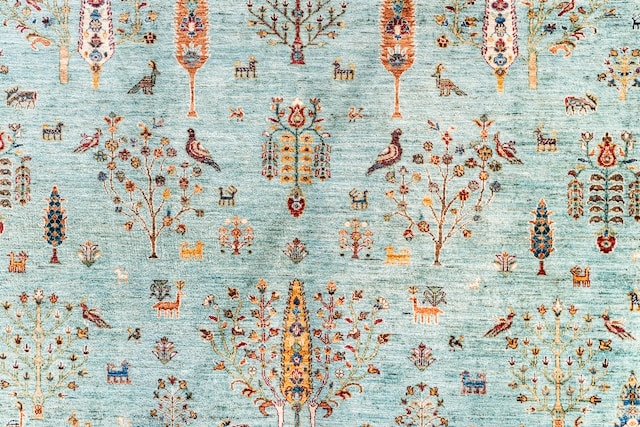
History of wampum belts and their cultural importance to the Mohawk people
Navajo rug weaving history
So, the early origins of Navajo rug weaving can be traced back to the 17th century when the Spanish introduced sheep to the Navajo people. (Unfortunately), prior to this time, the Navajo did not have access to wool for their weaving practices. But once they acquired sheep, they began to create intricate and beautiful rugs that showcased their unique artistic abilities.
(Despite) facing many challenges and obstacles along the way, such as Spanish colonization and forced relocation, the Navajo people persevered in their weaving traditions. They passed down their knowledge and skills from generation to generation, ensuring that this important cultural practice would continue to thrive.
(Oh boy), these early Navajo rugs were truly works of art, featuring bold colors and geometric patterns that reflected the natural world around them. The craftsmanship and attention to detail in each rug were unmatched, making them highly sought after by collectors and enthusiasts alike.
(So), it is clear that the early origins of Navajo rug weaving played a significant role in shaping this important cultural tradition. The skill and creativity of the Navajo weavers continue to inspire artists and admirers around the world today.